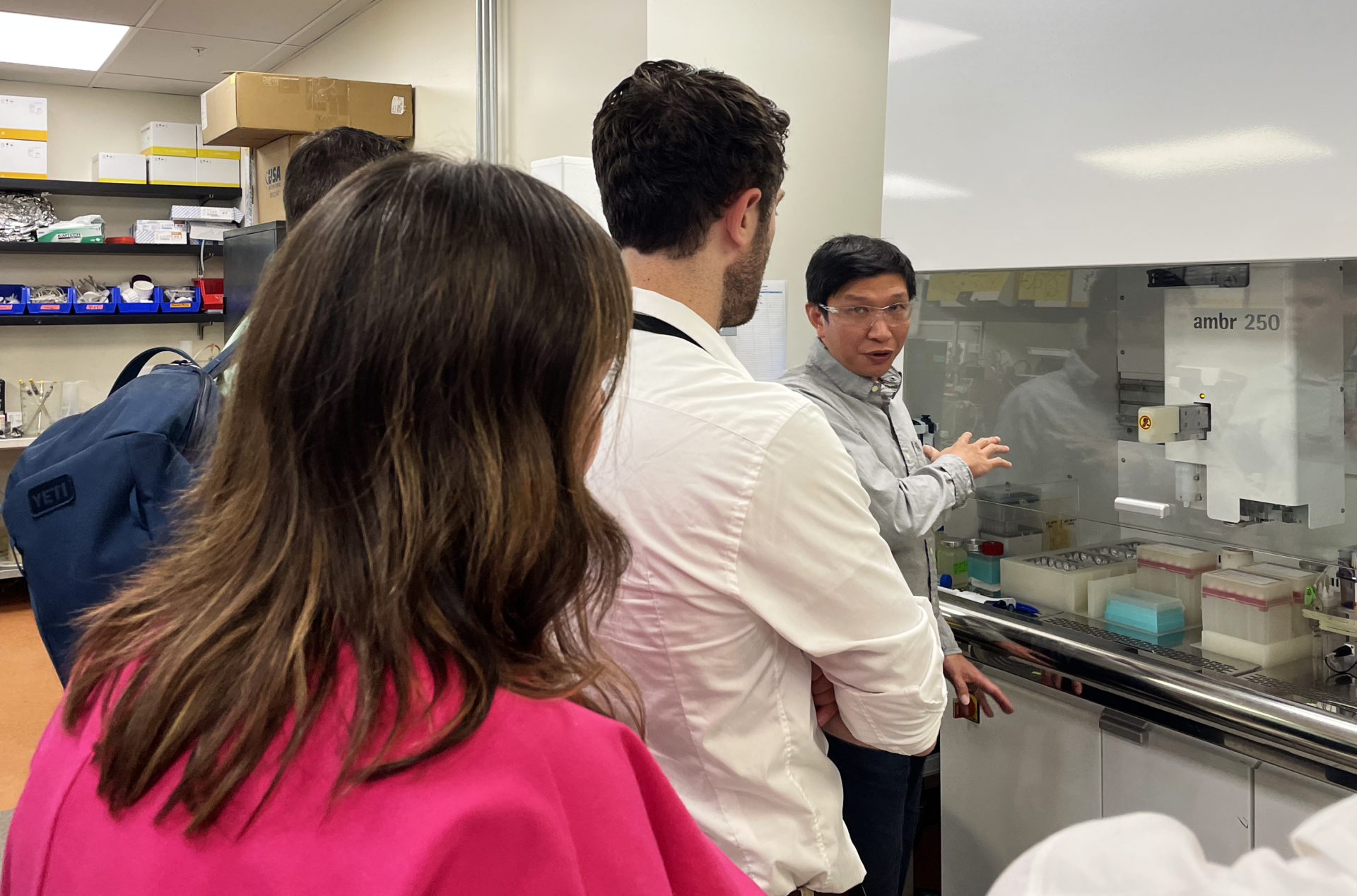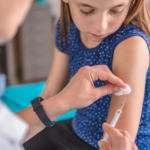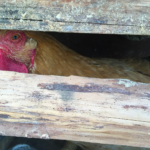Congressional staffers created antibiotic-resistant bacteria. And that’s a good thing
By Allison Berke, Jassi Pannu | September 21, 2023
 Illustration by Thomas Gaulkin; images via Vectorstock
Illustration by Thomas Gaulkin; images via Vectorstock
Over the US congressional recess this past summer, when schedules had freed up enough to permit cross-country travel, a group of staffers travelled to a community bio lab in Oakland, Calif., known as BioCurious. There they would grow antibiotic resistant bacteria, and, along the way, learn how CRISPR technology works and how easy it might be for an individual to genetically engineer a pathogen. Over at a biotech company in Menlo Park, Antheia, another group of staffers had escaped Washington to learn how synthetic biology can speed up the process of manufacturing medicinal compounds.
The field trips were part of programs run by Stanford University and the Institute for Progress that bring policy makers—like these congressional staffers—to labs and university campuses and immerse them in the biosecurity issues they need to understand if they are to develop effective policy about, for instance, identifying when research has the possibility to make pathogens dangerous, or the development of US biomanufacturing and efforts to expand the resilience of our medical supply chain.
Similar programs on cybersecurity policy and AI policy have operated for the past eight years. But biosecurity is a new focus for a research community that continually walks the line between promoting the fantastic discoveries of biomedical science (and synthetic biology in particular) and attempting to prevent these same tools from being used to spread pandemics or create bioweapons.
Despite the COVID-19 pandemic, biosecurity education and training remains a niche activity that has yet to reach the variety of programs or breadth of scholarship that nuclear security has attained in the United States. According to the Peace and Security Funding Map project, 17 US-based organizations received philanthropic funding specifically for nuclear security issues in 2021, while just seven received funding specifically for biosecurity. Funding for biosecurity education and policy-focused work is highly concentrated. It comes from a small handful of funders, and the academic programs receiving the most funding are all in the DC area, limiting the reach of biosecurity-specific programs and courses. Along with task-specific education, such as for health care workers exposed to disease or laboratory personnel working with hazardous pathogens, the COVID-19 response has demonstrated the need for policy makers to have a broader understanding of the technologies they are tasked with regulating and developing, which many have likely never touched.

Educating Congress. Between 1995, when the Office of Technology Assessment shut down, and 2019, when the Government Accountability Office established the Science, Technology Assessment, and Analytics team, congressional staffers lacked a source for in-depth educational and nonpartisan materials on the technologies about which they were asked to produce legislation. The newer agency’s reports are shorter, ranging from two to 50 pages, and they’re less detailed than those of its predecessor, which regularly totaled hundreds of pages. This may be because it has the same level of funding as the Office of Technology Assessment did in 1995, but dedicates only half of that to technology assessments.
The newer reports are often produced in response to near-term legislative priorities. They’re a valuable resource, but a static one; being able to ask an expert questions or see the latest research up close requires knowing the right person to call and finding the time to do so. While DC-area think tanks and universities have long tried to bridge the gap between experts and policy makers through workshops, seminars, and networking events, creating these educational opportunities outside the beltway is more difficult.
Of the four “CBRN” hazards (chemical, biological, radiological, and nuclear), biological weapons nonproliferation and biosecurity have to date had fewer resources devoted to them. The Biological Weapons Convention Implementation Support Unit has only four full-time staff, while the comparable organization for the Chemical Weapons Convention has more than 400. Luckily, biosecurity incidents have been rare compared to nuclear and chemical threats, but the global development of powerful and accessible biotechnological capabilities presents substantial risks.
Technologies like CRISPR therapeutics, on-demand DNA synthesis, and artificial intelligence (AI)-enabled protein structure prediction, might offer new medical solutions and other benefits. But they might also be misused, for example, to synthesize pathogens or novel protein toxins. The dearth of biosecurity education isn’t a problem confined to the policymaking arena. A survey of students at iGEM, an international bioengineering competition, is a case in point. Respondents said preparation for pathogen work often focuses only on biosafety—how to safely work with pathogens—rather than on the broader topics of evaluating and mitigating research risks and protecting against bio threats. And unlike the iGEM students, many policy makers did not study biology or bioengineering in college and are likely to have had even less exposure to biosecurity issues.
Better education. Policy makers have a powerful role to play in protecting the US bioeconomy, public health, and national defense against pandemics and bioweapons, and a growing mandate to do so. In his 2023 budget request, President Joe Biden asked Congress for $88.2 billion over five years for biosecurity and pandemic preparedness. While a significant figure, the United States spends some $50 billion a year on nuclear weapons. The experience of the COVID-19 pandemic as well as the development of new biotechnological capabilities like printing DNA from a benchtop device the size of a microwave, designing and modeling whole proteins using AI, or using CRISPR to quickly design gene therapies targeted to individuals have driven the increase in biosecurity funding. Policy makers are also well aware that the United States is not the only country creating and using these new technologies; China, in particular, has set ambitious goals for its synthetic biology capabilities and bioeconomy development.
Biosecurity education that goes beyond biosafety should include frameworks for technological risk assessment (tools for the policy community to properly categorize the risks of scientific developments), an evaluation of tradeoffs between speedy research and precautionary regulation, and an understanding of the history of previous biosecurity policy efforts and the ways in which oversight measures—like the US Select Agent list, which regulates the handling of certain pathogens—may be complicated or even upended by efficient and broadly accessible biotechnology.
Policy makers benefit from learning about the countermeasures and monitoring programs available now, like wastewater sampling, personal protective equipment, air quality improvements, or rapid testing. They’ll also need information about the types of threats researchers see coming (AI tools that can design novel toxins, for example, or the risk of a novel and highly contagious pathogen spilling over from animals to humans as animal agriculture and climate change increasingly push humans into formerly isolated wild environments).
All security-focused education runs the risk of erring too far on the side of frightening its audience, underscoring the severity of potential threats without also emphasizing the opportunities and benefits from new medical technologies, cheap and localized biomanufacturing, or novel methods for synthesizing agricultural products that greatly reduce land and water requirements. The congressional staffers who came to the Bay Area this summer found that expert opinions can differ on the appropriate level of oversight for potentially risky research, and on the right operational scope for the National Institutes of Health, Centers for Disease Control and Prevention, or the Department of Defense in supporting global disease surveillance. They learned that researchers are passionate about DNA synthesis screening and the Clean Air in Buildings Challenge, and see opportunities for smoother vaccine roll-outs, better public health conversations between elected officials and their constituents, and increased funding for better antibiotics and antifungals, malaria elimination, and viral disease diagnostic tools.
They also learned the broader takeaway that policy makers from a range of issue areas—health, defense, science and technology, and homeland security—are interested in crafting better biosecurity policy, and that researchers and experts are eager to speak with them, answer their questions, and share their concerns.
The antibiotic-resistant bacteria that one group of staffers attempted to produce can grow slowly, even in the warmth of a California summer, and the takeaway for some was that producing an engineered organism might be pretty difficult for someone with no prior experience in a bio lab. After the workshop, synthetic biologist Drew Endy, in a keynote, struck an optimistic note about the future of biological research. Perhaps, he mused, there could be a federal “Department of Awesome,” with the mandate to ensure the United States can produce amazing, fantastical things through synthetic biology. To do so in a world free from catastrophic biological incidents, however, will require federal staffers well-versed in biosecurity risks and motivated to craft policy that preserves the capability for “awesome” while protecting against the potential for harm.
Together, we make the world safer.
The Bulletin elevates expert voices above the noise. But as an independent nonprofit organization, our operations depend on the support of readers like you. Help us continue to deliver quality journalism that holds leaders accountable. Your support of our work at any level is important. In return, we promise our coverage will be understandable, influential, vigilant, solution-oriented, and fair-minded. Together we can make a difference.
Keywords: Crispr, antibiotic resistance, biotechnology
Topics: Biosecurity

















What bio-safety level(s) were these staffers operating under ?